Beaumaris is the most spectacular castle ever, that was never completed! It was to be the final masterpiece of Edward I’s “Iron Ring” of castles following his conquest of Wales.
| Built | 13th Century |
| Type | Concentric Castle |
| Condition | Ruinous – Major Stonework Intact |
| Ownership | Cadw |
| Access | Public – Admission Charge |
| Postcode | LL58 8AP |
Click here to watch our video exploring Beaumaris Castle and discover its history
Edward I vs The Welsh
Following many years of tensions between the Normans and Welsh, Edward I unleashed his first colossal invasion of Wales in 1277. Confronted with an overwhelming English army, Llywelyn the Last understood that he stood little chance of prevailing against immense English foes and agreed to the conditions outlined in the Treaty of Aberconwy. These terms significantly reduced Llywelyn’s territorial holdings, yet he retained the prestigious title of Prince of Wales.
In 1282, conflict erupted once more following a rebellion led by Llywelyn’s brother, Dafydd, in North Wales. Despite having previously aligned himself with the English and fighting against Llywelyn, Dafydd became disenchanted with the rewards he received from Edward I.
In the Battle of Orewin Bridge in 1282, Llywelyn met his demise, providing Edward with the chance to bolster his forces and seize Dolwyddelan Castle, a stronghold of Welsh resistance. By June 1283, Dafydd was apprehended and transported to Shrewsbury, where he faced execution, marking the culmination of Edward’s conquest of Wales.
Edward I’s Ring of Iron
After Edward’s successful conquest of Wales, his focus shifted to maintaining control over the region. To achieve this, he initiated the construction or renovation of a network of fortifications famously known as the “Iron Ring of Castles.” Primarily situated in North Wales, the area known for its staunch Welsh resistance, these ten strongholds included Aberystwyth, Beaumaris, Bulith, Caernarfon, Conwy, Denbigh, Flint, Harlech, Hawarden, and Rhuddlan.
Beaumaris Castle Construction
Plans for the construction of Beaumaris Castle were initially drafted shortly after Edward I’s conquest of Wales around 1284. Unlike many other castles built by Edward and his chief architect, James of St. George, Beaumaris had the advantage of being constructed on a blank canvas. The chosen site, characterised by flat land unencumbered by natural obstacles, allowed for the design of an optimal fortress without constraints.
Edward’s ambitious plans for Wales extended beyond castle construction. He implemented a comprehensive reorganisation, dividing the region into counties and shires. Caernarfon and Harlech castle were accompanied by the establishment of new towns serving as administrative hubs for the shires.


Beaumaris castle at Anglesey was strategically positioned at the site of the town of Llanfaes, which served as a crucial trading centre linking Wales and Ireland. In a decisive move, Edward relocated the entire Welsh population from Llanfaes to a newly established settlement named Newborough. This relocation underscored Edward’s determination to exert control over the region and consolidate his authority.
Work on Beaumaris Castle did not commence until 1295, making it the last of Edward I’s castles built in Wales. Once construction began, it proceeded on a grand scale under the supervision of James of St. George. During the initial summer, an average of 1,800 labourers, 450 stonemasons, and 375 quarry workers were present on-site, with expenditures amounting to approximately £270 per week. However, the project quickly encountered financial difficulties due to its colossal costs, leading to delays and accumulating debts.
By 1296, the pace of construction at Beaumaris Castle had significantly slowed, and debts had accrued. By 1300, construction had come to a complete halt. Despite initial progress, Beaumaris Castle was left in a partially completed state. The inner walls and towers were only a fraction of their intended height, and the north and northwest sides lacked outer defences entirely.
The next that we hear of Beaumaris castle is in 1306 when reports highlighted the necessity for enhancing the castle’s defences. Urgent recommendations were made to initiate work on completing the curtain walls and towers, as only 10 out of the proposed 16 towers had been started. Additionally, there was an urgent need for the construction of barbicans, portcullises, and additional walls to bolster the castle’s fortifications.
In 1306, amidst genuine concerns of a potential Scottish invasion of North Wales, the recommendations for fortifying Beaumaris Castle were swiftly embraced and put into action. The castle’s constable took decisive measures, purchasing armour and substantial supplies for the garrison. Work on completing the outer defences was resumed, initially under the guidance of James of St. George and later, following his passing in 1309, overseen by Master Nicolas de Derneford.

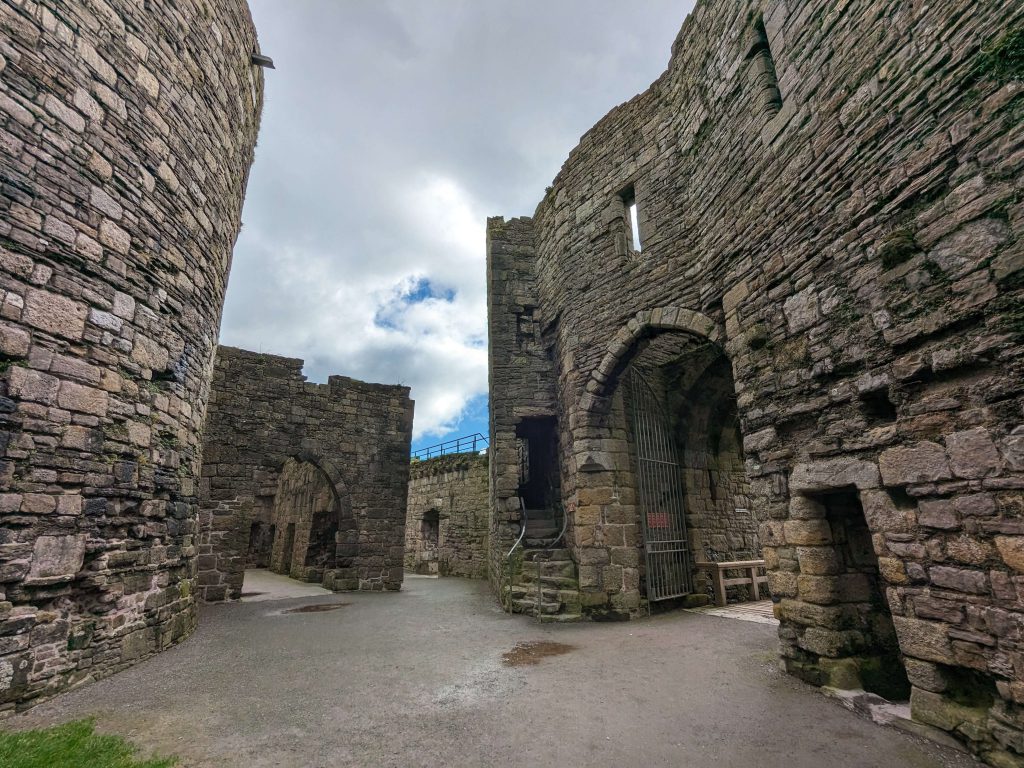
By 1330, construction at Beaumaris Castle once again ground to a halt. Despite a substantial investment of funds, the castle remained incomplete, with many of the towers failing to reach their intended height. Nevertheless, notable progress had been made: the gap in the outer circuit had been closed, additional towers in the outer ward had been constructed, and work on the moat had been undertaken.
A survey conducted in 1343 estimated that an exorbitant sum of £643 (a vast amount for the time) would be required to bring Beaumaris Castle anywhere close to its originally proposed completed state.
How Formidable Was Beaumaris Castle?
Despite its incomplete state, Beaumaris Castle remained a formidable fortress. It was meticulously designed according to a symmetrical concentric plan, featuring both an inner and outer ward, each fortified with protective towers and encircled by a moat. Notably, the castle boasted a tidal dock, strategically positioned to facilitate the receipt of supplies by sea during times of siege. This dock was safeguarded by a defensive wall, later dubbed the Gunners Walk, along with a firing platform, potentially utilised to house a trebuchet siege engine.
The outer curtain walls featured 12 towers, enclosing an area approximately 60 feet (18 metres) across. These walls boasted two gateways: the north gate, known as “Llanfaes Gate,” and the main gate situated beside the dock, referred to as the “Gate Next The Sea.” Originally, the outer walls were equipped with an impressive 164 arrow loops. However, with the inner walls reaching greater heights, their top battlements provided an advantageous vantage point for firing down upon attackers.
The inner ward’s wall boasted an additional six towers and two grand gatehouses. These walls were formidable, measuring 4.7 metres (15.5 feet) thick and standing at a height of 11 metres (36 feet). Often, they widened at the base, a technique known as battering, to further deter undermining and scaling attempts. Passages integrated within the walls facilitated safe movement for defenders between towers.
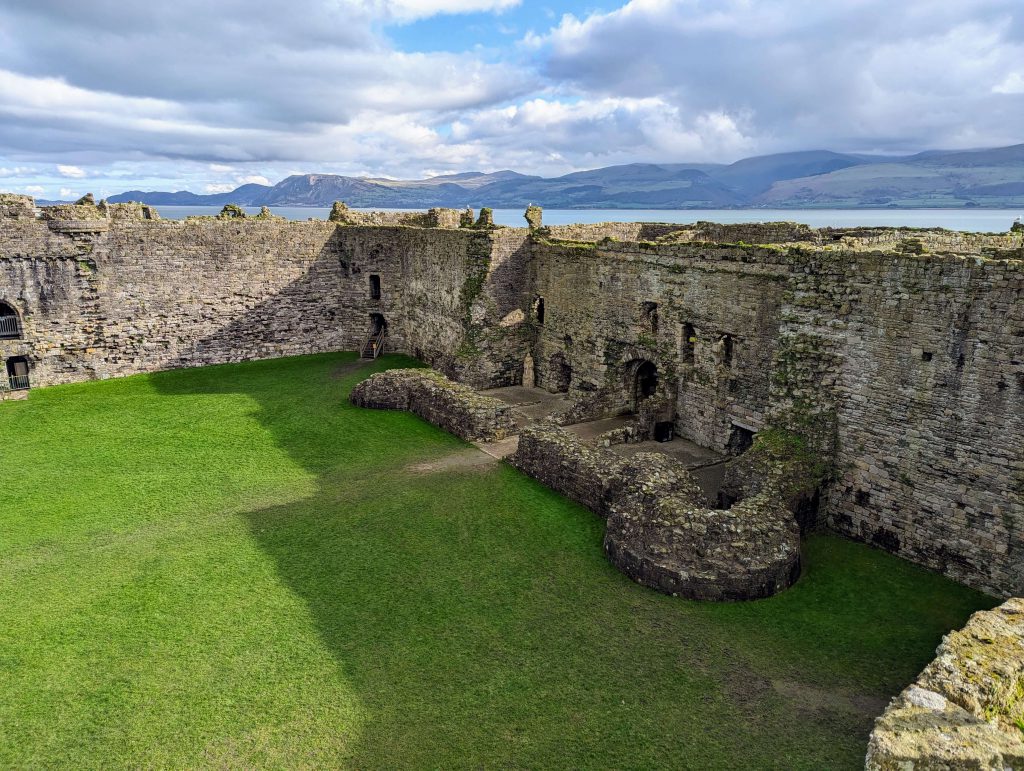

The design of the outer gate at Beaumaris Castle featured an innovative approach for its time: it was intentionally misaligned with the inner gate. This meant that any intruder who breached the outer gate would be compelled to traverse an open area, following a predictable rightward path toward the inner gate. Throughout this journey, they would remain exposed to intense defensive attacks from the castle’s defenders and face a barbican on the south side before they even reached the inner gate that was protected with portcullises and murder holes.
Within the inner ward, the castle was structured to accommodate various domestic and administrative functions. Ranges of buildings lined the west and east sides of the ward, intended to house living quarters and other facilities. Some remnants of these structures, including the remains of fireplaces, can still be observed in the stonework today.
1400 To Present Day
In 1400, a rebellion erupted in North Wales against English authority, led by Owain Glyndŵr. Beaumaris Castle found itself besieged and subsequently captured by the rebels in 1403, only to be reclaimed by royal forces in 1405.
By 1534, during Roland de Velville’s tenure as castle constable, the castle had fallen into a state of disrepair. Rainwater seeped into most of the rooms, leading to chronic dampness throughout the castle. Historical records noted that “there was scarcely a single chamber in Beaumaris Castle where a man could lie dry.”
In 1539, a report highlighted concerns about the insufficient protection afforded to Beaumaris Castle. The fortress was equipped with a meagre arsenal comprising only eight or ten small guns and forty bows. The newly appointed constable, Richard Bulkeley, deemed these defences wholly inadequate for safeguarding the castle against the threat of a potential Scottish attack.
Unfortunately, the situation continued to deteriorate over the years. By 1609, Beaumaris Castle had fallen into such a state of disrepair that it was officially classified as “utterly decayed.”
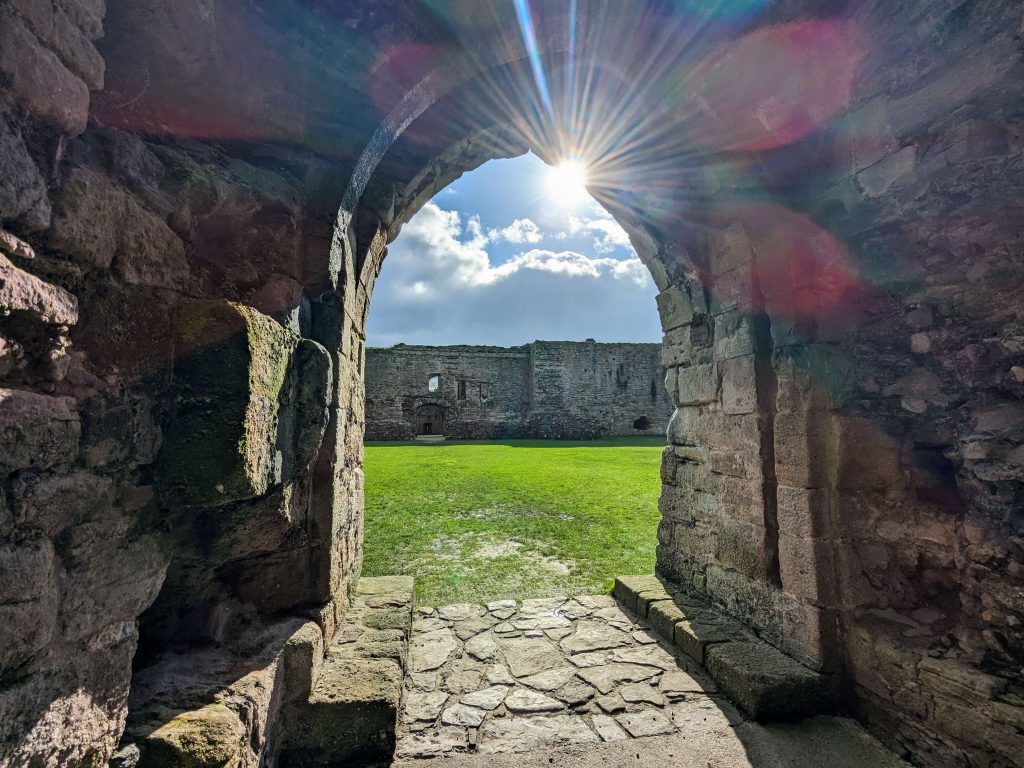
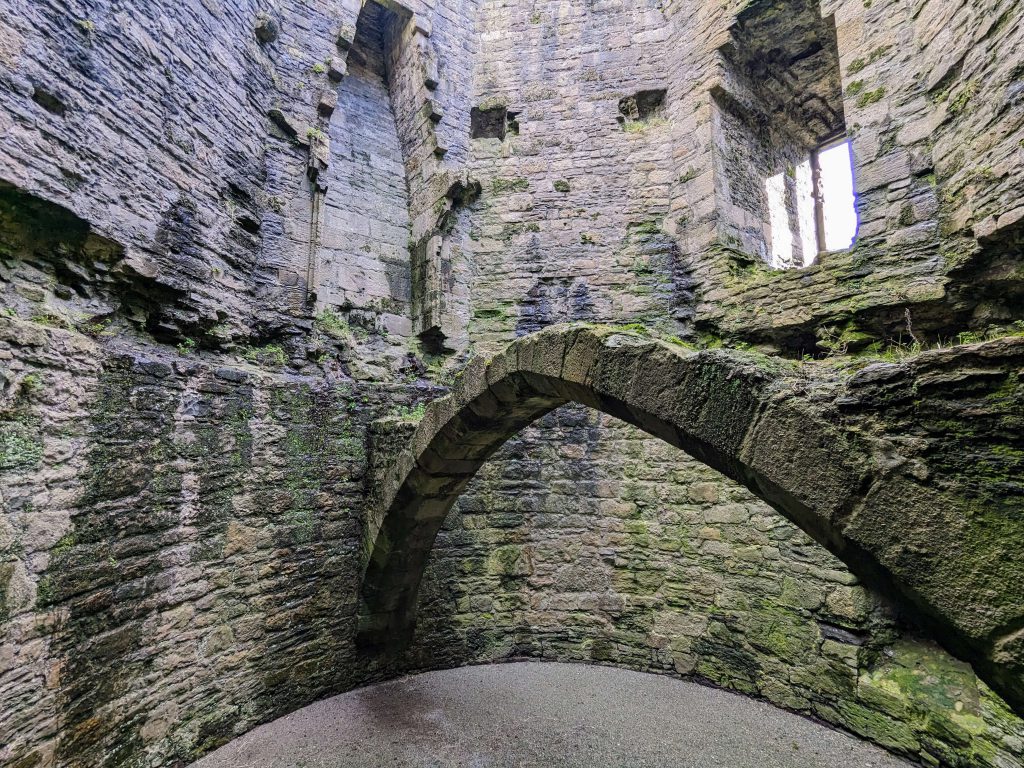
During the English Civil War, which erupted in 1642 between the Royalist supporters of Charles I and the Parliamentarians, Beaumaris Castle assumed strategic significance as it controlled part of the route between the king’s bases in Ireland and his operations in England. Thomas Bulkeley, whose family had long been involved in managing the castle, held Beaumaris for the king and invested approximately £3,000 in enhancing its defences.
Despite these fortified improvements, Beaumaris Castle eventually succumbed to Parliamentarian forces under the command of General Thomas Mytton in 1646. A subsequent revolt against the Parliamentarians arose in 1648, albeit briefly, resulting in a fine of £7,000 imposed on Anglesey.
Following the Civil War, a significant number of British castles were deliberately slighted, or destroyed to prevent their military use. However, Beaumaris Castle was spared from this fate likely due to Parliament’s concerns about the potential threat of a royalist invasion from Scotland.
Upon Charles II’s restoration to the throne in 1660, the Bulkeley family was reinstated as castle constables. However, rather than restoration, Beaumaris Castle suffered from neglect during this period. It was stripped of valuable lead and other remaining resources, including its roofs.
Over time, Beaumaris gradually fell into further decay, eventually becoming one of many picturesque ruins adorned with ivy in North Wales. However, unlike some other ruins that attracted renowned artists of the era, Beaumaris lacked the imposing height and aesthetic appeal to capture the attention of the most prolific painters and illustrators of the day.
In 1832, Beaumaris Castle gained notable attention when Her Royal Highness the Duchess of Kent, accompanied by her 13-year-old daughter, the future Queen Victoria, paid a visit to the site.

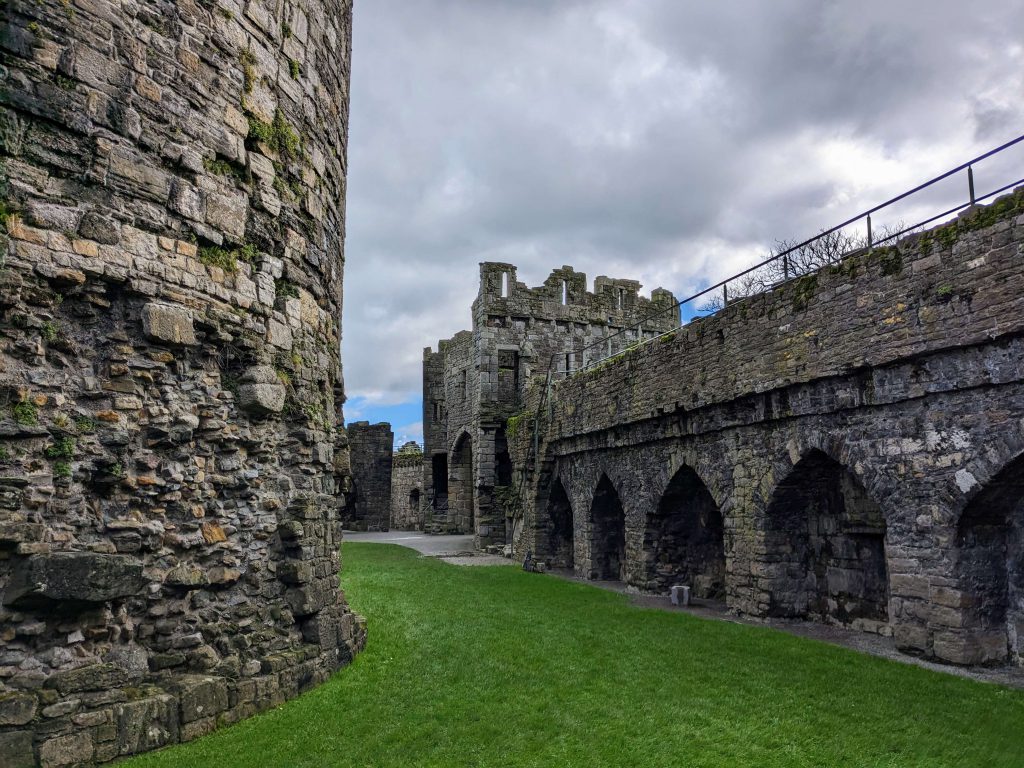
In 1925, the castle underwent a significant transformation when it was placed under the care of the Commissioners of Works. A comprehensive restoration program was initiated, which included clearing away vegetation, dredging the moat, and undertaking extensive repairs to the stonework. This restoration effort aimed to preserve and showcase the architectural and historical significance of Beaumaris Castle for future generations.
Today Beaumaris Castle is managed by Cadw and open to the public.
Ghosts of Beaumaris Castle
Stories of paranormal activity at Beaumaris Castle have circulated for years, with many attributing the phenomena to the souls of soldiers and workers who once inhabited or toiled within its walls.
The chapel within the castle is reputed to be a hotspot for supernatural encounters, with visitors reporting faint sounds of chanting and experiencing sudden drops in temperature. Numerous recordings of this chanting have been captured by visitors, adding to the mystique of the castle’s haunted reputation.
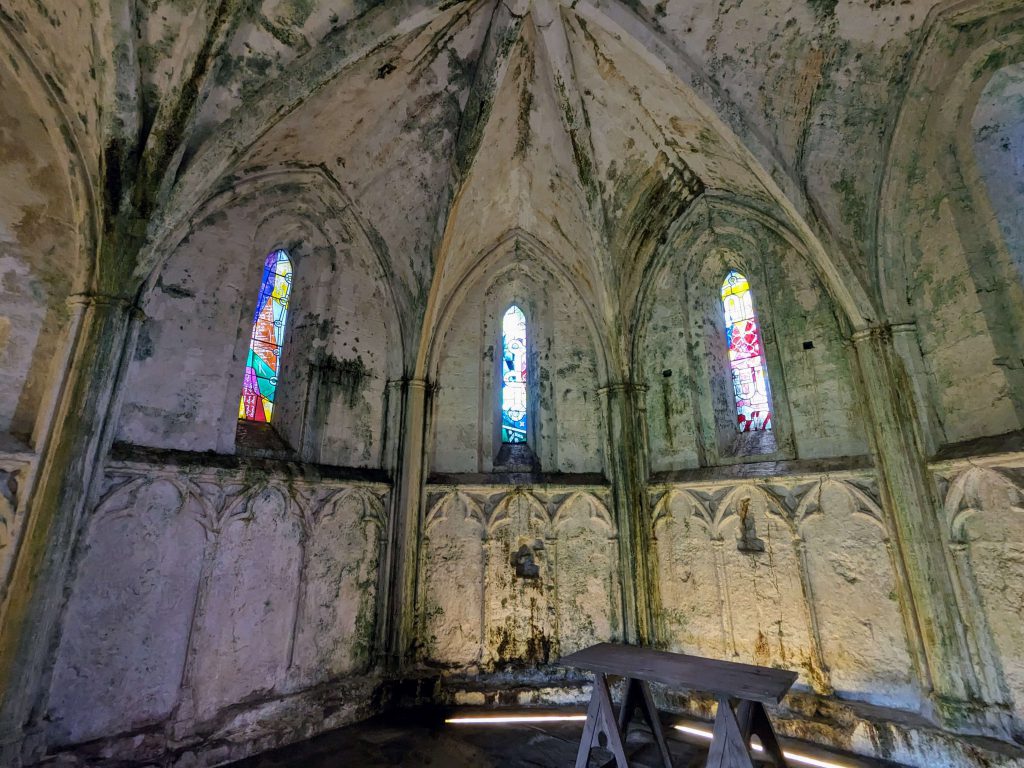

Explorers of Beaumaris Castle have described eerie experiences of feeling followed by heavy footsteps, only to find no one behind them when they turn around. Some have even glimpsed shadowy figures darting around corners or disappearing into thin air.
Witnesses to these apparitions often describe feelings of loneliness and sorrow emanating from the spectral entities, leading many to speculate that they are the lingering spirits of soldiers and workers who met their demise within the castle’s walls centuries ago.
These tales of ghostly encounters add an intriguing layer to the rich history and atmospheric allure of Beaumaris Castle, captivating the imaginations of visitors and paranormal enthusiasts alike.
Click below to explore Beaumaris Castle with us

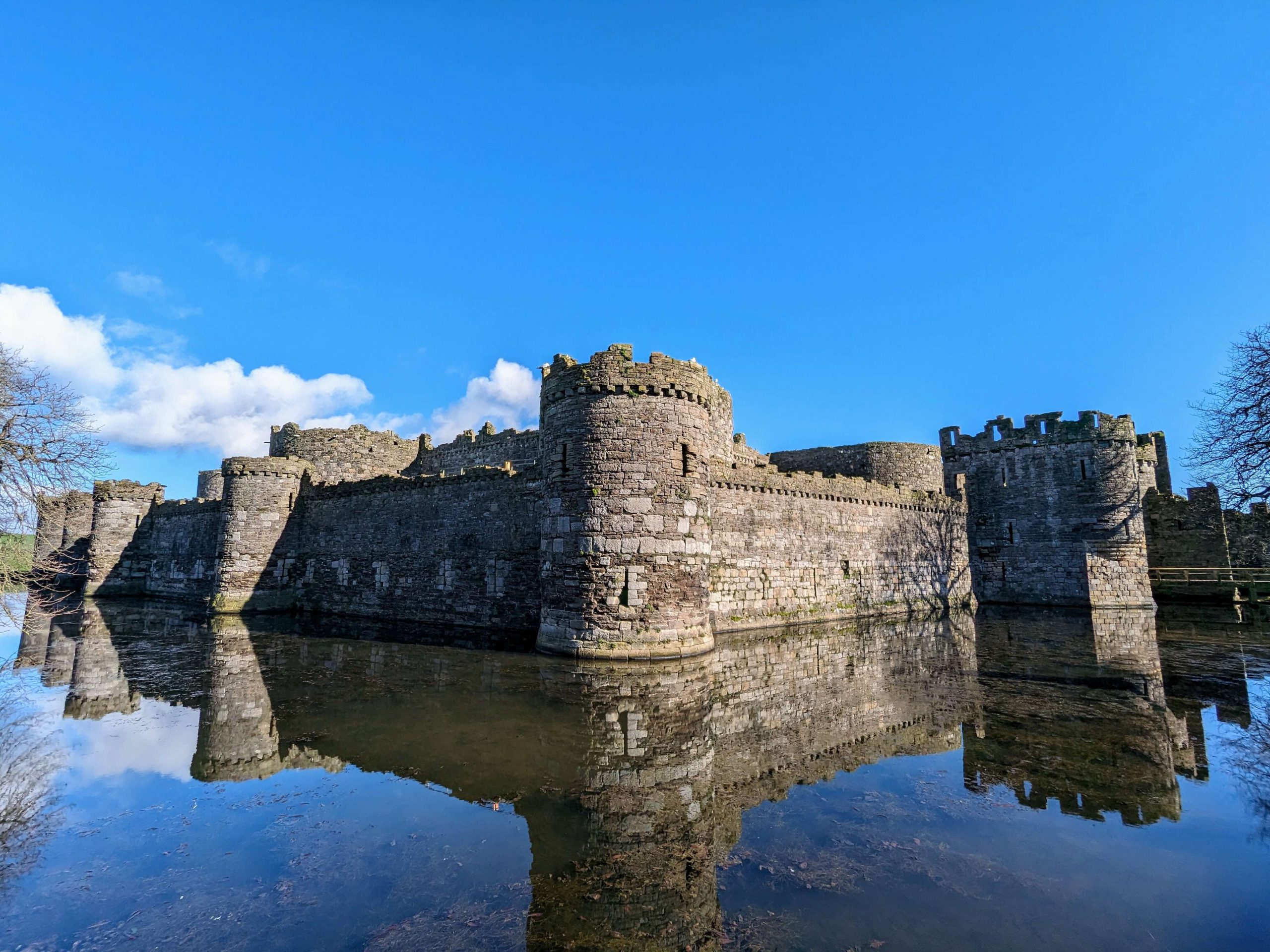
This has been truly interesting. I was really amazed by what was written about the castle. Sometimes it is a real shame that the castle can’t be repaired.
Thank you so much. Sometimes it is a shame but at least with Beaumaris Castle a lot still remains which helps to imagine how it was in times gone by.